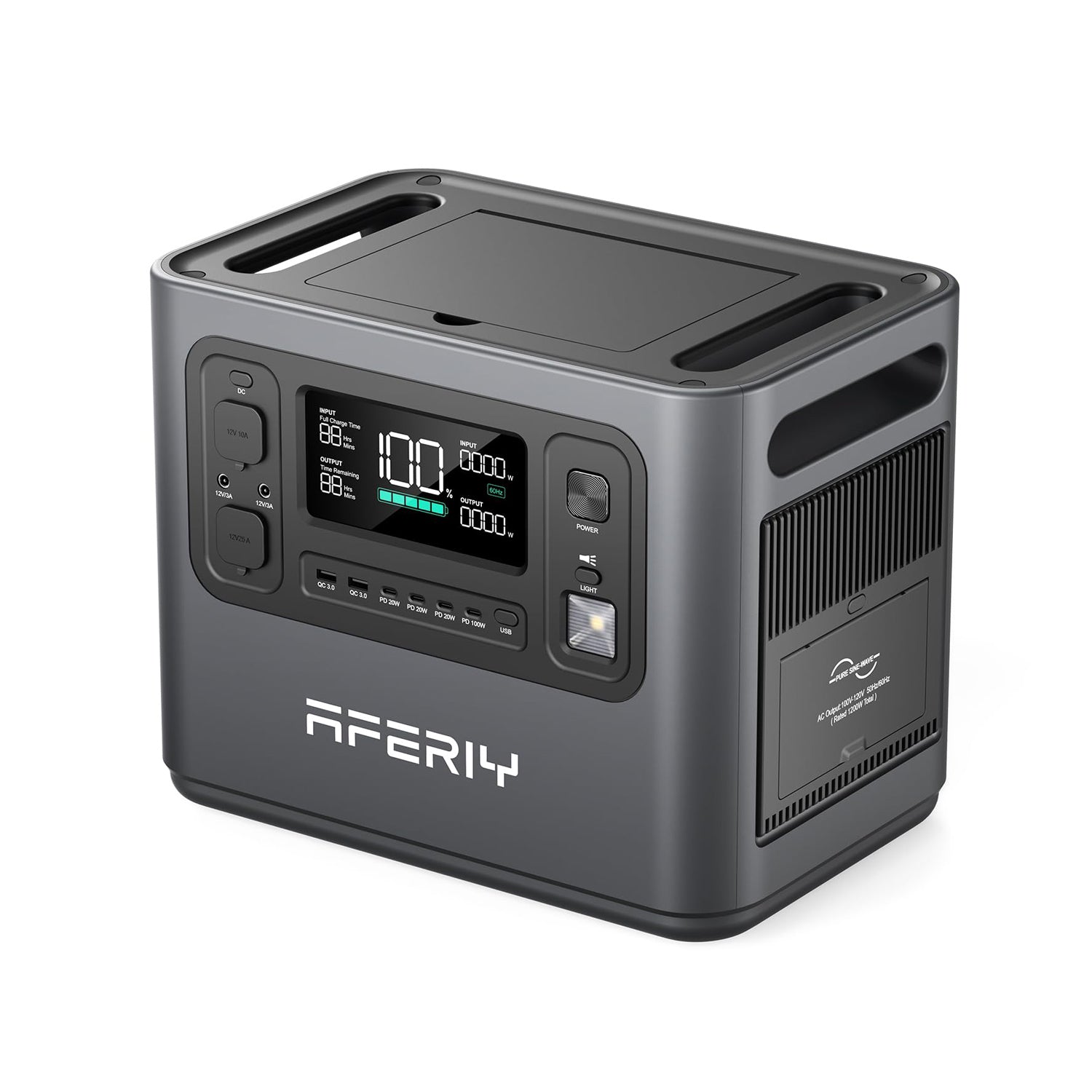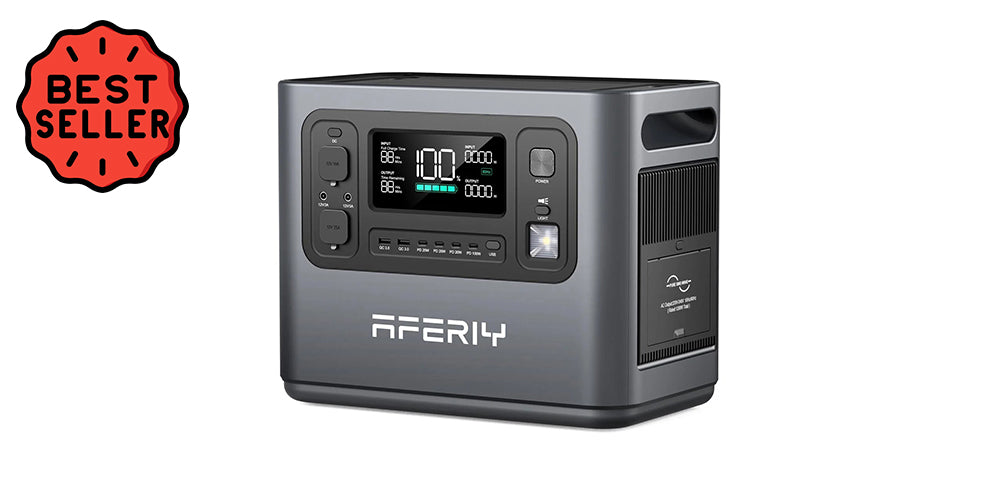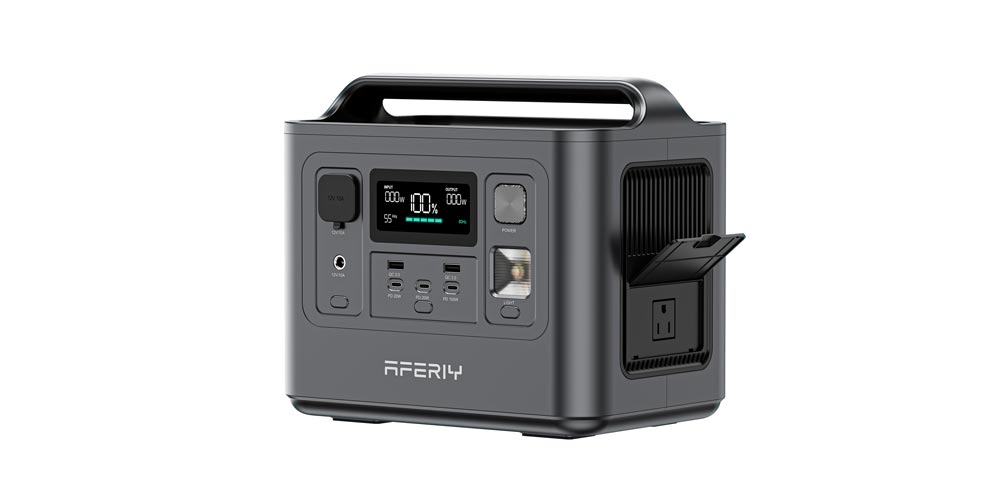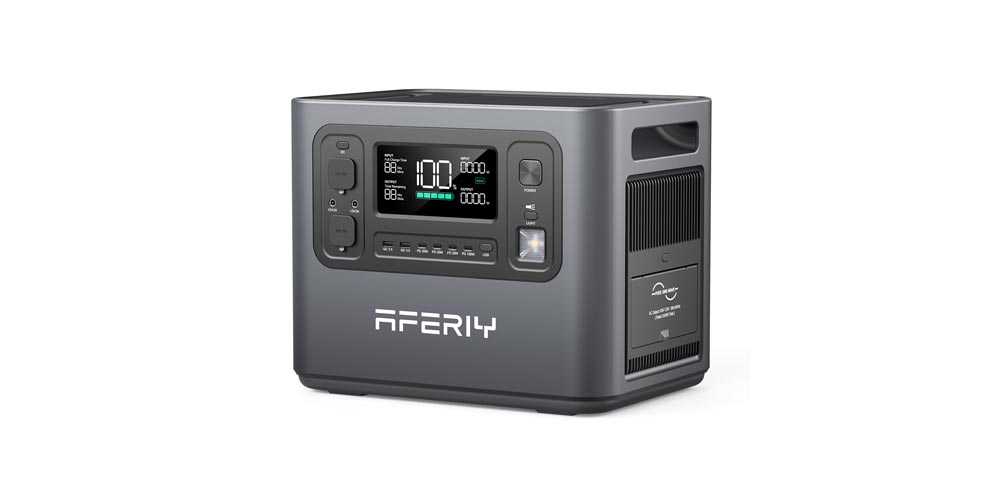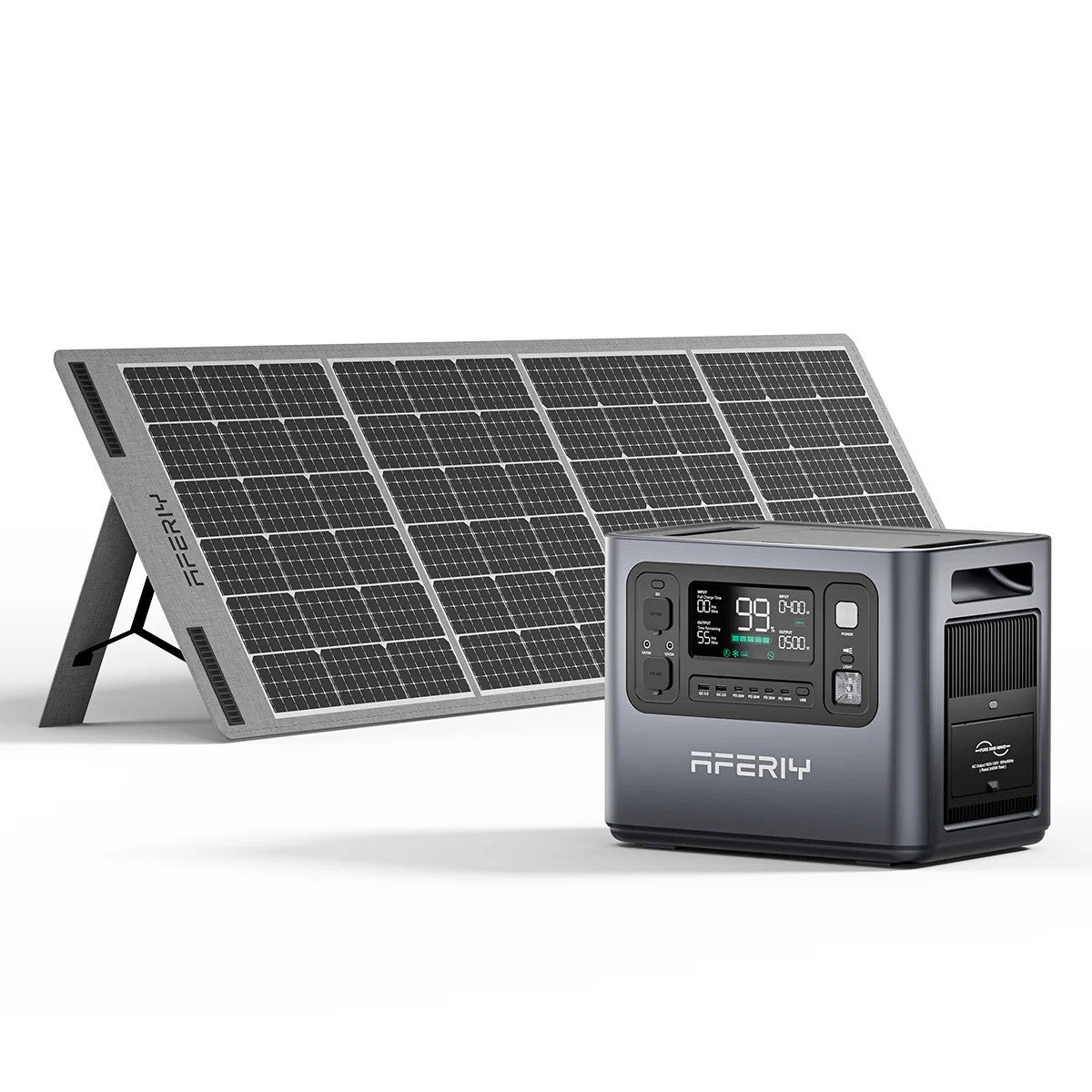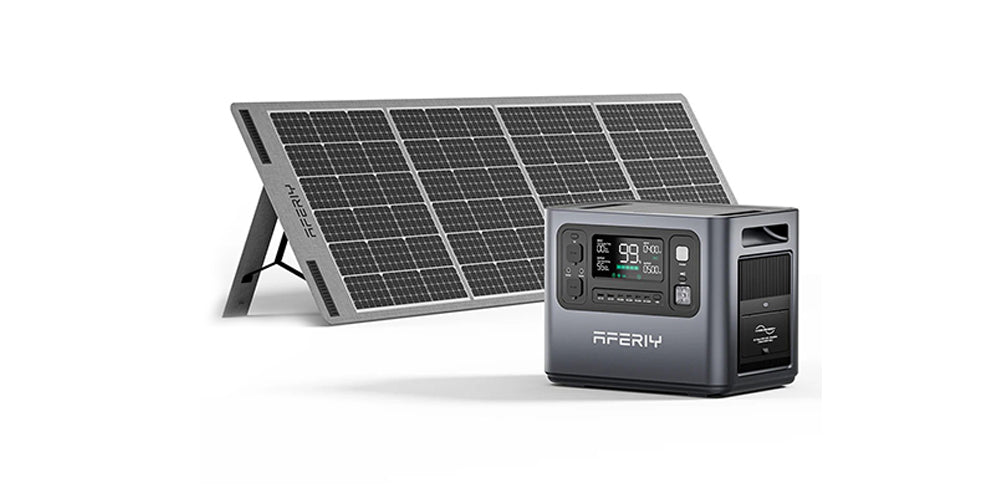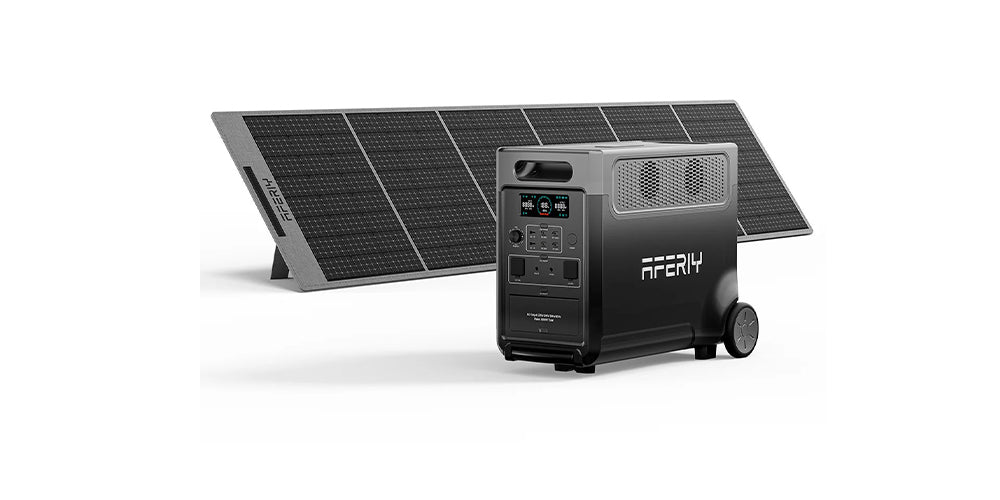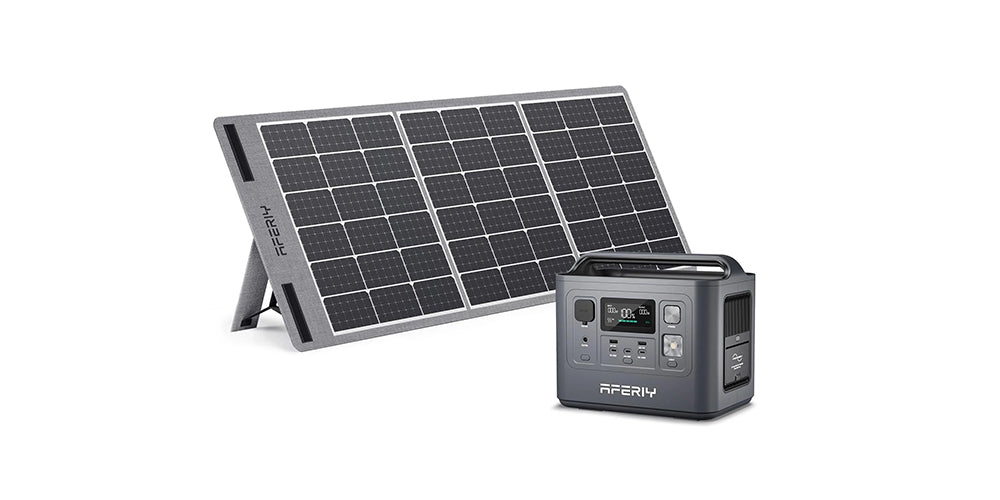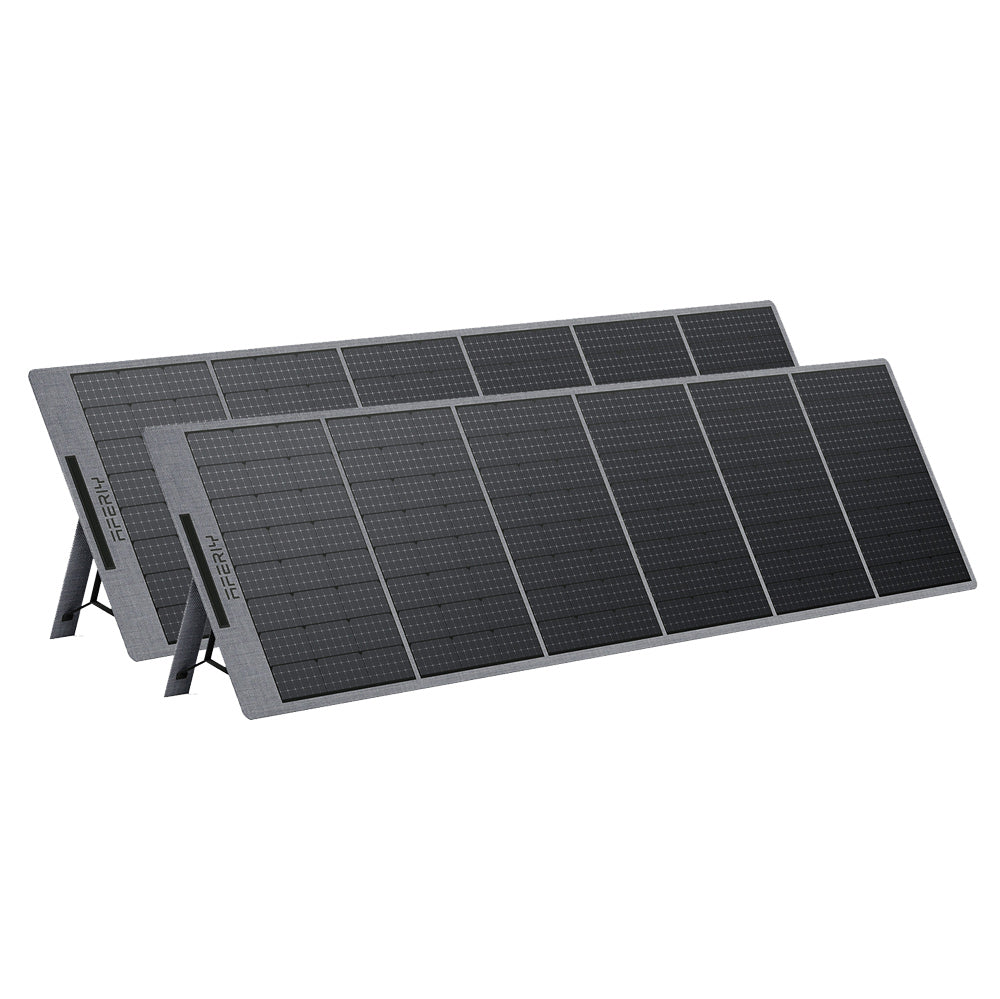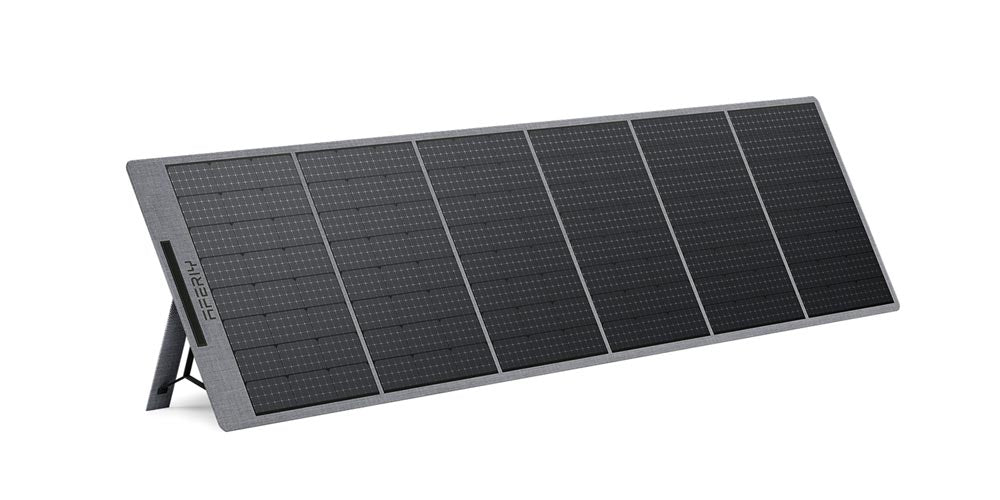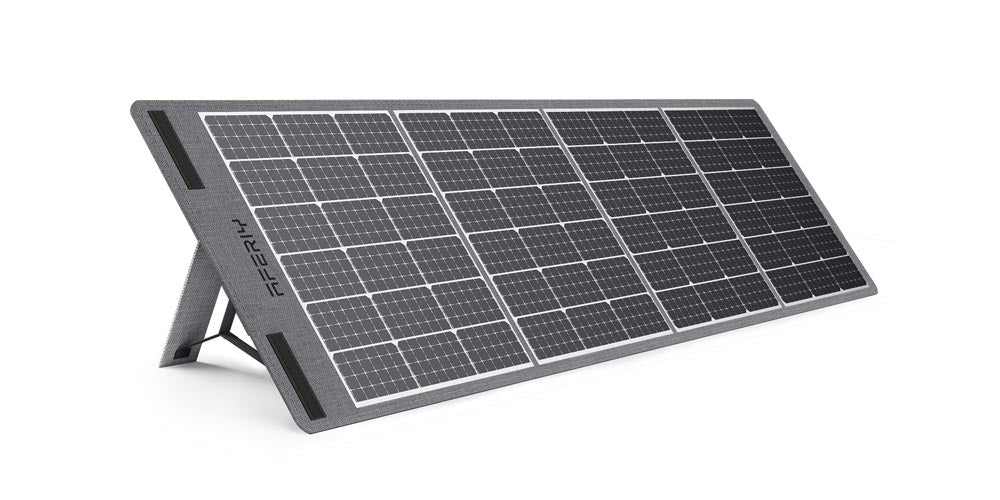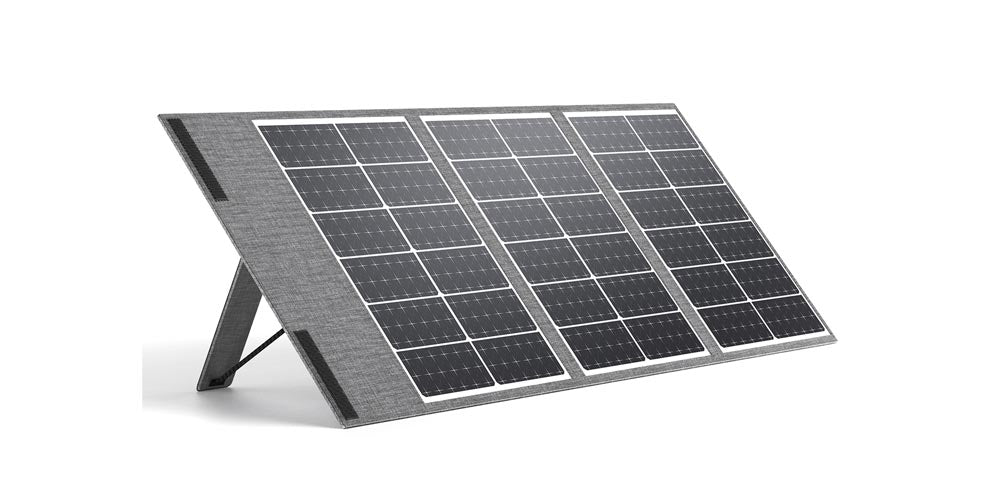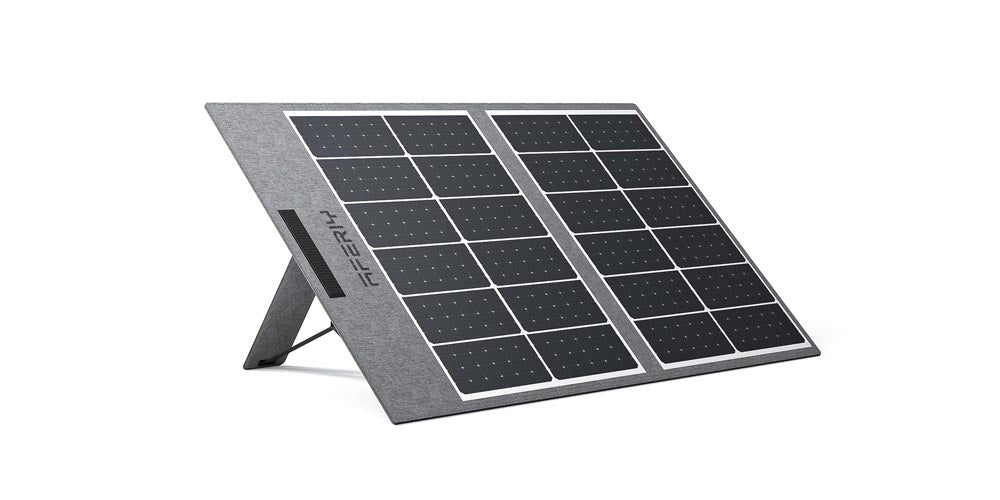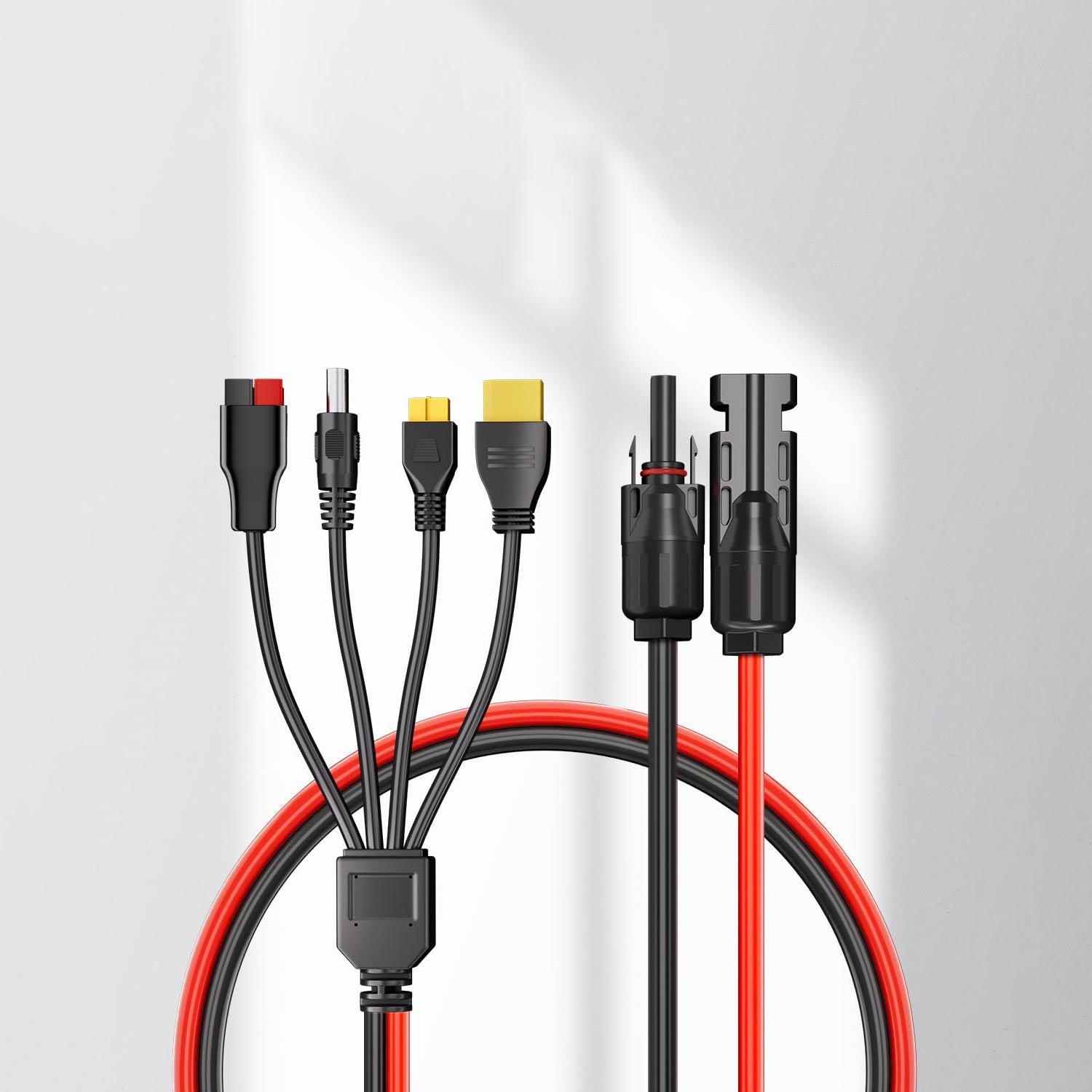How to Convert Watts to Amps?
With the rise of new technologies, more and more people are choosing solar energy to achieve energy independence, particularly by using home battery backup or storage systems like those from Aferiy.
This is why it is essential to know the power consumption of your electrical and household devices, expressed in watts and amps, to ensure a reliable and properly sized power supply for your home. You can use online tools such as those on kelwatt.fr to easily calculate the power of your equipment in watts.
In this article, we explain step by step how to convert watts to amps without having to perform complicated calculations or spend time looking for hard-to-find information. Keep reading to discover simple and practical tips to carry out this conversion with ease!
Definition of Volt, Watt, and Ampere
To fully understand the conversion, let’s start by defining these three fundamental electrical units:
Volt (V) – The unit of electric voltage. It represents the “force” that pushes current through a circuit.
Watt (W) – The unit of electrical power, meaning the energy consumed or produced by a device.
Ampere (A) – The unit of electric current, representing the flow of electrons.
These three units are closely related and together determine the performance of your equipment.
How to Convert Watts to Amps with a Formula?
The conversion from watts to amps is based on a simple formula:
Current (A) = Power (W) / Voltage (V)
Example:
For a 60-watt device running on 230 volts:
60W / 230V ≈ 0.26A
For a 60-watt device powered by 12 volts:
60W / 12V = 5A
The result is clear: the lower the voltage, the higher the amperage required to deliver the same power. This watts-to-amps conversion is crucial for cable sizing and ensuring installation safety.
Why Should You Know Volts, Watts, and Amps?
Safety and reliability – Correctly sizing cable amperage prevents overheating and fire risks.
Efficiency – Adjusting power and current helps optimize device performance.
Equipment selection – Knowing these values assists in choosing the right circuit breakers, fuses, and chargers.
Green energy and solar panels – These conversions are also critical for installing solar panels or batteries, considering the voltage (often 12V or 24V) and the power demand.
Converting watts to amps is therefore an essential step for both residential and professional installations.
Where to Find Volt, Watt, Amp Information?
You can find this information on:
- Device labels
- Technical manuals or product sheets
- Transformers or power adapters
For example, on a phone charger, you’ll often see:
(5V, 2A)
Which allows you to calculate power in watts (W = V × A).
Another Practical Example
Let’s take a 150-watt solar panel powering a 12V charge controller:
Amperage = 150W / 12V = 12.5A
This current of 12.5A is important for selecting the right wiring and avoiding energy loss.
Average Wattage of Common Household Appliances
Here’s an overview of average power (watts) for some appliances:
| Appliance | Power (W) | Average Use | Yearly Consumption (kWh) |
|---|---|---|---|
| Electric water heater | 1000 | 3.5 hrs/day | 2 |
| Electric stove | 2000 | 1 hr/day for 2 months | 120 |
| Air conditioner | 1000 | 4 hrs/day for 2 months | 420 |
| Refrigerator | 200 | 300L with freezer | 240 |
| Lighting | 60–100 | 3.5 hrs/day | 360 |
| Washing machine | 2000 | 4 washes/week at 60°C | 300 |
| Dishwasher | 2000 | 4 washes/week | 330 |
| Electric oven | 1000 | 4 times/week | 100 |
| Television | 100 | 4 hrs/day (no standby) | 235 (130) |
| Computer | 100 | 2 hrs/day (no standby) | 170 (70) |
| Dryer | 2500 | 3 times/week | 400 |
| Microwave | 800 | 15 min/day | 73 |
| Electric kettle | 2000 | 10 min/day | 120 |
| Vacuum cleaner | 1200 | 1 hr/week | 62 |
| Game console | 120 | 1 hr/day | 44 |
These figures give you an idea of how to apply the watts-to-amps conversion formula.
Ampere Conversion Chart: Some Examples
Here's an amp conversion chart to help you find the amperage at a glance:
| Power (W) | 12V (A) | 230V (A) |
|---|---|---|
| 1 | 0.08 | 0.004 |
| 60 | 5 | 0.26 |
| 100 | 8.3 | 0.43 |
| 300 | 25 | 1.3 |
| 1000 | 83 | 4.3 |
FAQ
How many watts is 1 amp?
It depends on the voltage:
At 230V: 1A × 230V = 230W
At 12V: 1A × 12V = 12W
Does 1 watt equal 1 amp?
No. Watt and ampere are different units. To relate them, you need to consider voltage (V).
How many watts does a refrigerator use?
On average, a refrigerator consumes between 100 and 200 watts while running.
How many watts is a 2.4 amp charger?
If the charger operates at 5 volts (standard USB):
2.4A × 5V = 12W
So a 2.4A charger delivers about 12 watts.
What is 30W in amps?
It depends on voltage:
At 230V: 30W / 230V ≈ 0.13A
At 12V: 30W / 12V = 2.5A
1 watt equals how many amps?
Same logic: 1 watt at 230V equals 0.004A, and at 12V, it equals 0.08A.
What’s the difference between amperage and wattage?
Amperage = current intensity, the flow of electricity.
Wattage = power, the energy consumed or produced.
They are related by voltage (V).
Conclusion
Converting watts to amps is a key step to ensure the safety and efficiency of your electrical systems, whether at home or for renewable energy projects like solar panels. Thanks to simple formulas and the conversion table, you can easily calculate the required current and choose the right equipment.
Need more tips on electrical conversions? Stay tuned for our upcoming practical guides and green energy tips!
